Hafen: Doyen of Berlin’s gay catwalk
Berlin's beloved gay bar, Hafen, is anchored for the long run.
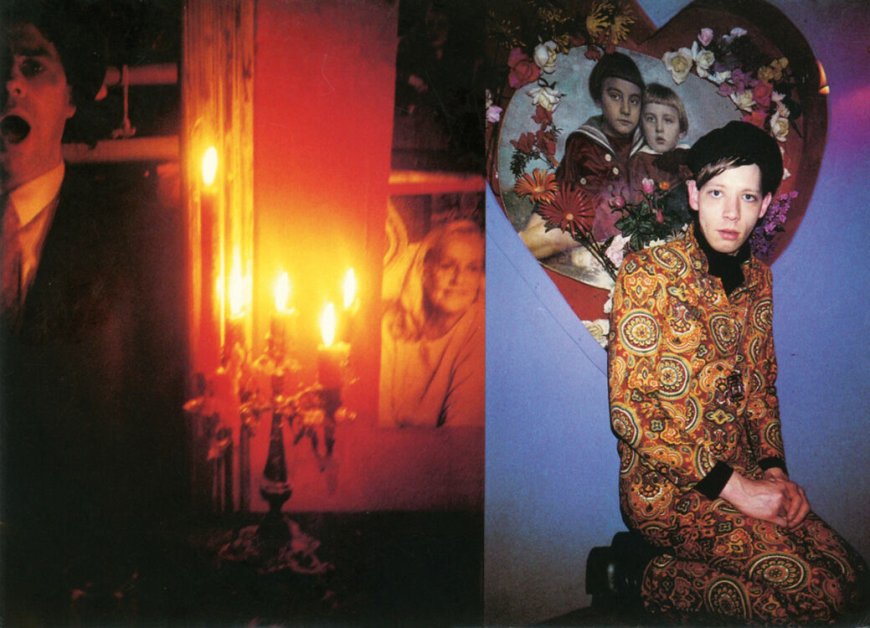
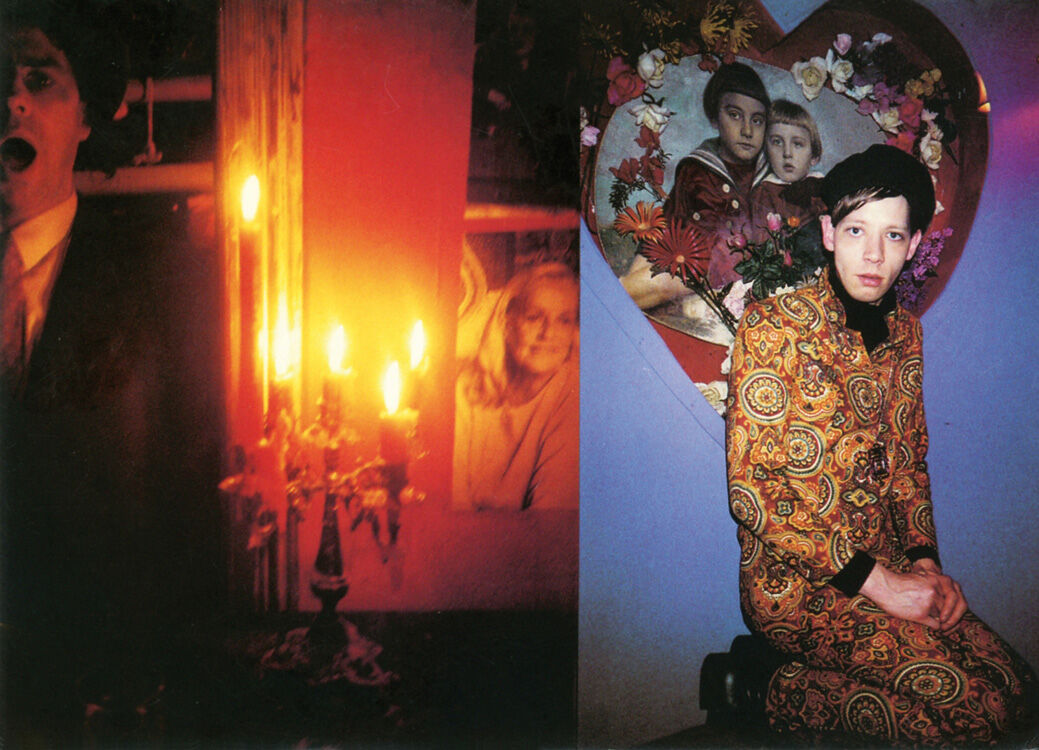
The concept of the ‘gay catwalk’ — a single stretch of bars, cafés, restaurants and sex shops, all of a queer oneness — remains a thing, albeit a mostly cis-male thing, whether Christopher St. in New York’s West Village, Commercial St. in Provincetown, North Halsted St./Boystown in Chicago, Santa Monica Boulevard in L.A., Duval St. in Key West or, most iconically, Castro St. in San Francisco.
Europe is a bit trickier, with LGBTQ+ zones perhaps not always quite as uniformly defined commercially. Among the shortlist, London’s savvy Old Compton St. comes close, though the 4,174-foot-long stretch (and its side streets) belongs as much to ‘straight’ Soho — film and media outlets, specialty shops, cafés and restaurants, private clubs, other creative industries, tourism, historic London — as it does the culture of the rainbow flag, of which there are few on show.
Yes, Madrid has the Plaza de Chueca and Amsterdam has the Reguliersdwarsstraat (following the Disneyfication/demise of the Warmoesstraat), and there are numerous others, but this short piece visits the Motzstraße — the cruising-cum-consumer boulevard of the world’s gay-sexiest city, Berlin, located in gay-historic Schöneberg, and specifically the bit that runs from Nollendorfplatz to the Martin-Luther-Straße.
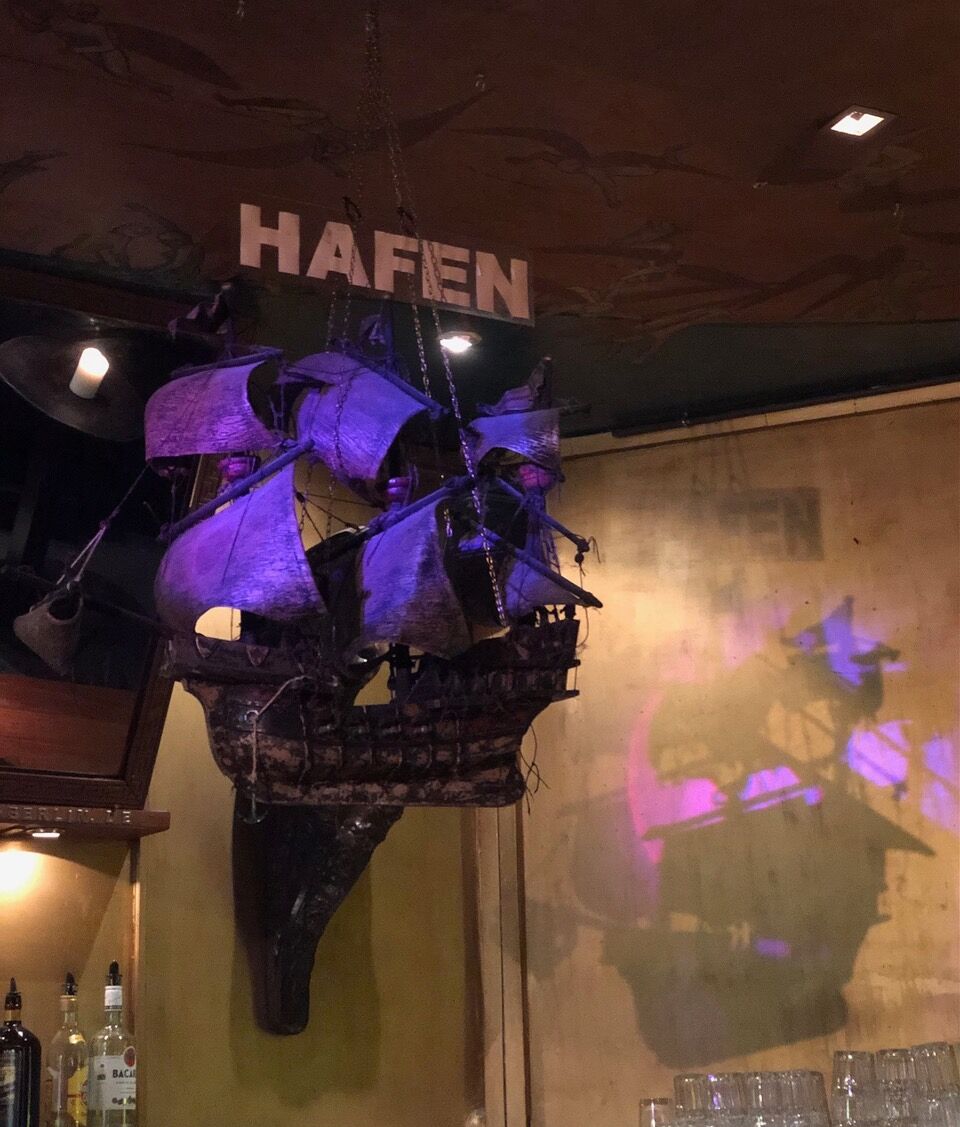

The toast of the Motzstraße surely must be its oldest living gay establishment, Hafen (‘harbour’), which opened in November 1990 with a view to serving as both a living room and a safe space. Hafen claims to be the first gay bar in Schöneberg without blacked-out windows and without an entry bell, but Neues Ufer in the Haupstraße — initially called Anderes Ufer, David Bowie’s old haunt — did this first, back in the 1970s.
Nevertheless, the bar is a one-off, down to its uniquely decorative spaces (floor to ceiling) and nooks-and-crannies layout, not to mention its special history. For one thing (a big thing), as a restaurant in the 1930s it welcomed Marlene Dietrich, who performed just across the road at the gay-iconic Eldorado during its 1928–32 heyday. In the 1930s writer Cristopher Isherwood lived round the corner, where he created the Sally Bowles character at the heart of Cabaret.
Fast-forward to 1990, when Hafen’s five founding members included two actors, an artist and a theatre director, guaranteeing the bar’s substantial pull with the creative world. Berlin artist Marc Brandenburg worked behind the bar in its early years, and pop luminaries such as solo and Soft Cell singer/songwriter Marc Almond, Andy Bell (of Erasure) and Martin Gore (of Depeche Mode) all have had a moment or two here, not to mention actor Ian McKellen and artists Nan Goldin and Isa Genzken.
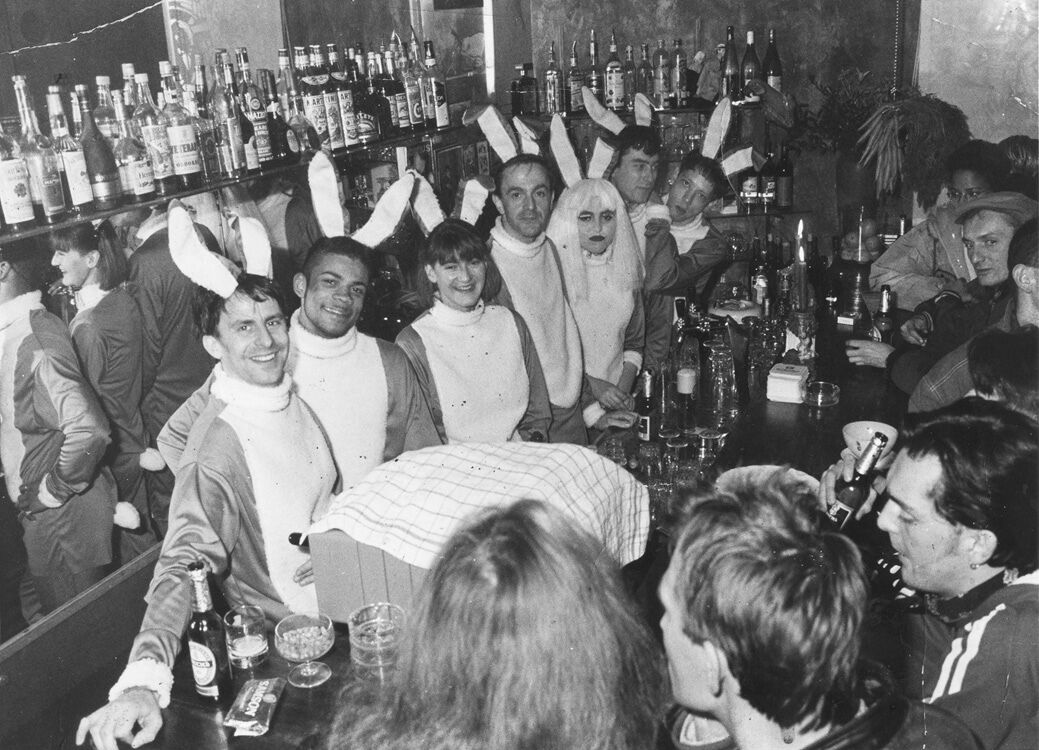
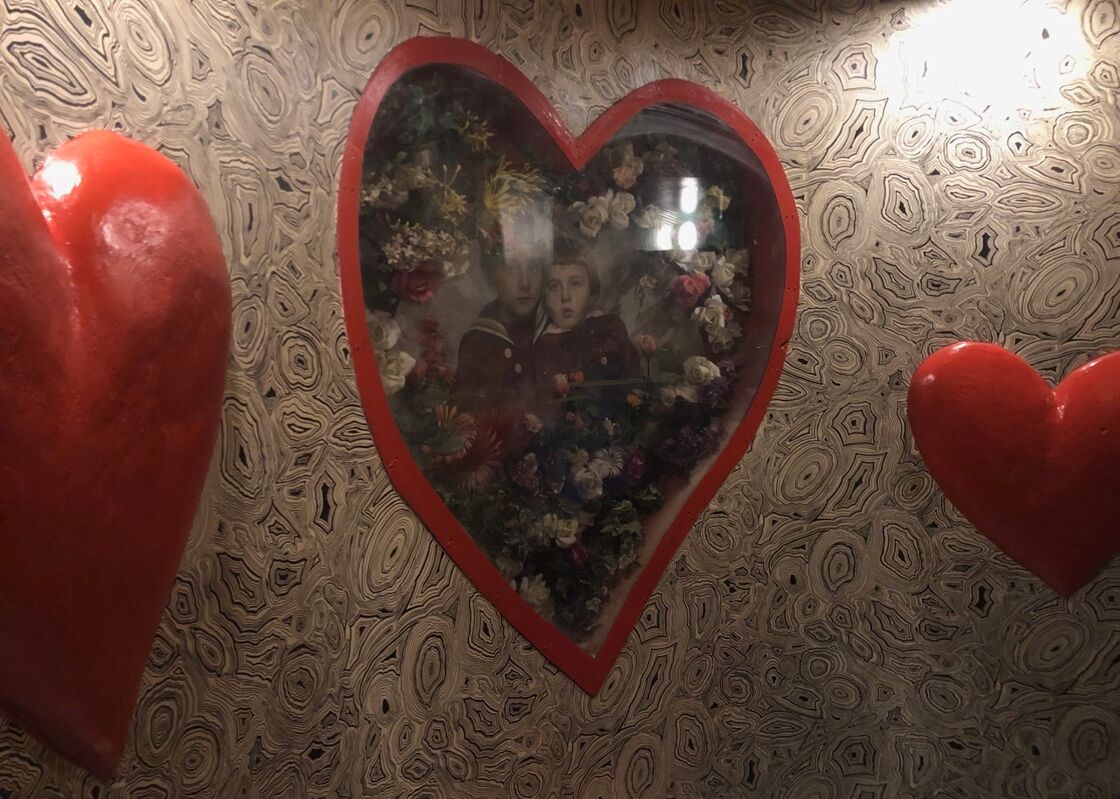
Related
An insider’s guide on what to do and where to stay in Berlin
Here’s where to stay in Berlin, where to go to see the sights, and how to get there.
Hafen’s annual calendar of in-house festiveness is marked by parties to mark the Berlin International Film Festival (February) and the anniversary of the birth of the Queen of the Netherlands (Koninginnedag, 30 April). Plus a shared viewing of the Eurovision Song Contest (May), various Pride events in the summer, monthly themed parties, and even the odd televised major football (soccer) event.
My recent whiskey-fueled chat with the current bar’s one original co-founder, Ulrich ‘Uli’ Simontowitz, revealed that while he believes that Hafen has tapped into a younger generation in the wake of the pandemic, it doesn’t at all overlap with the clientele at its adjacent Barcelona-bred neighbour Boyberry, which in March 2024 replaced the iconic Tom’s Bar and which now lures the street’s youngest (and hungriest) to its so-called den of iniquity. On both warm and cold nights, both bars yield bulging pavement crowds, giving the misleading appearance of one big happy family.
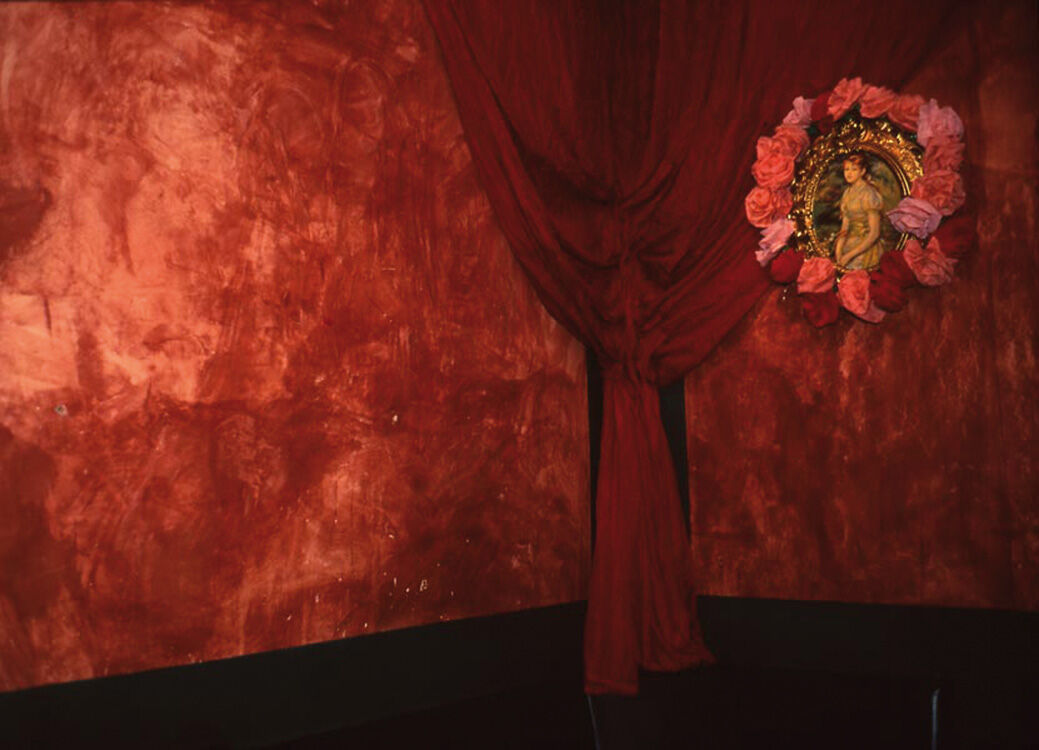
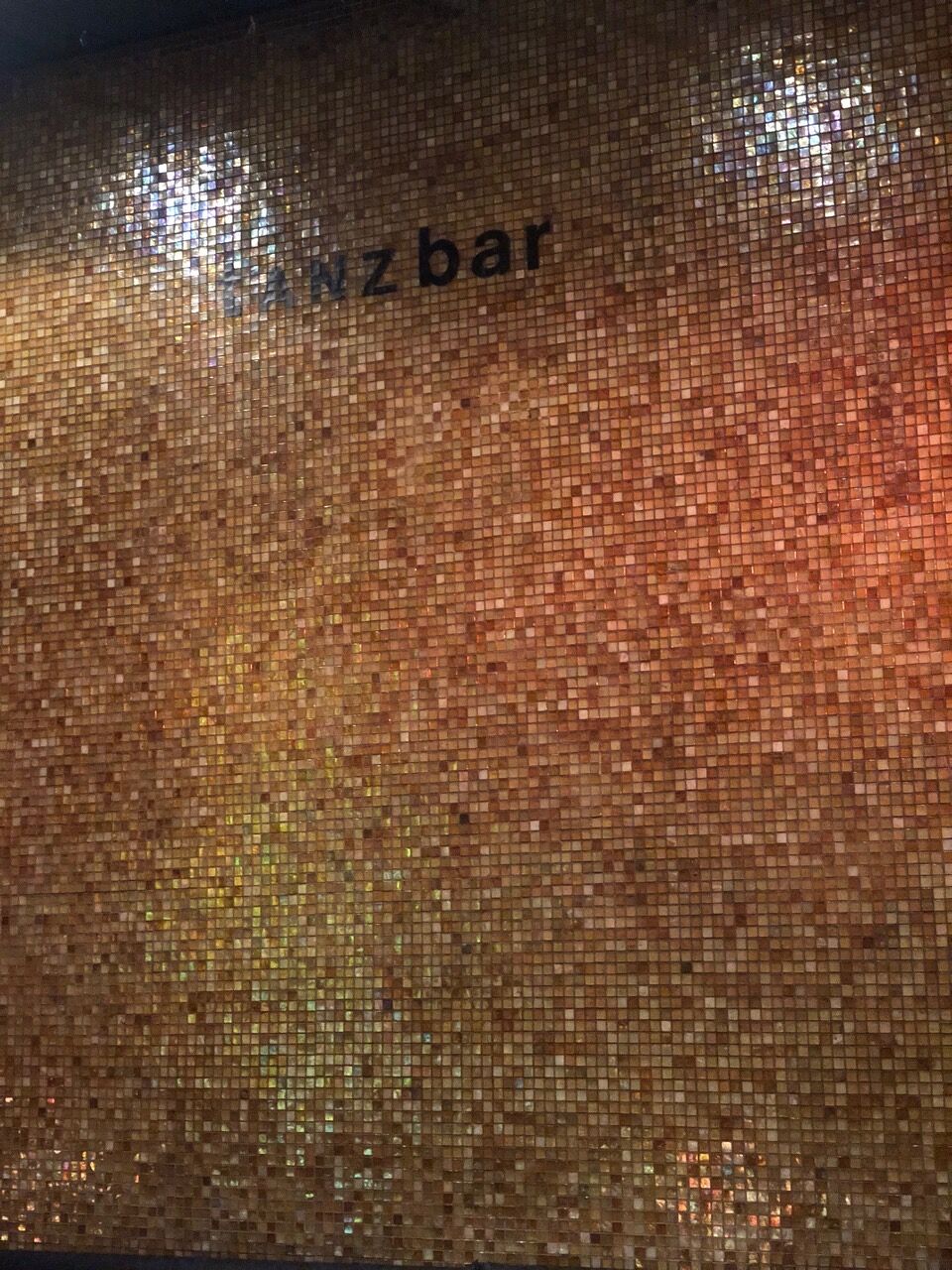
For the record, the second oldest surviving Motzstraße bar is the dark and dirty Scheune, which arrived five years after Hafen, followed by cocktail haven Heile Welt (2001). Stepping away from the catwalk, you’ll find three establishments that predate Hafen: Tabasco (1968), Pussycat (1974), and Pinocchio (1984), all of which speak to a markedly different ilk of gay male.
There’s not a harbour anywhere near Hafen, but this is one ship that thankfully appears to be anchored for the long run.
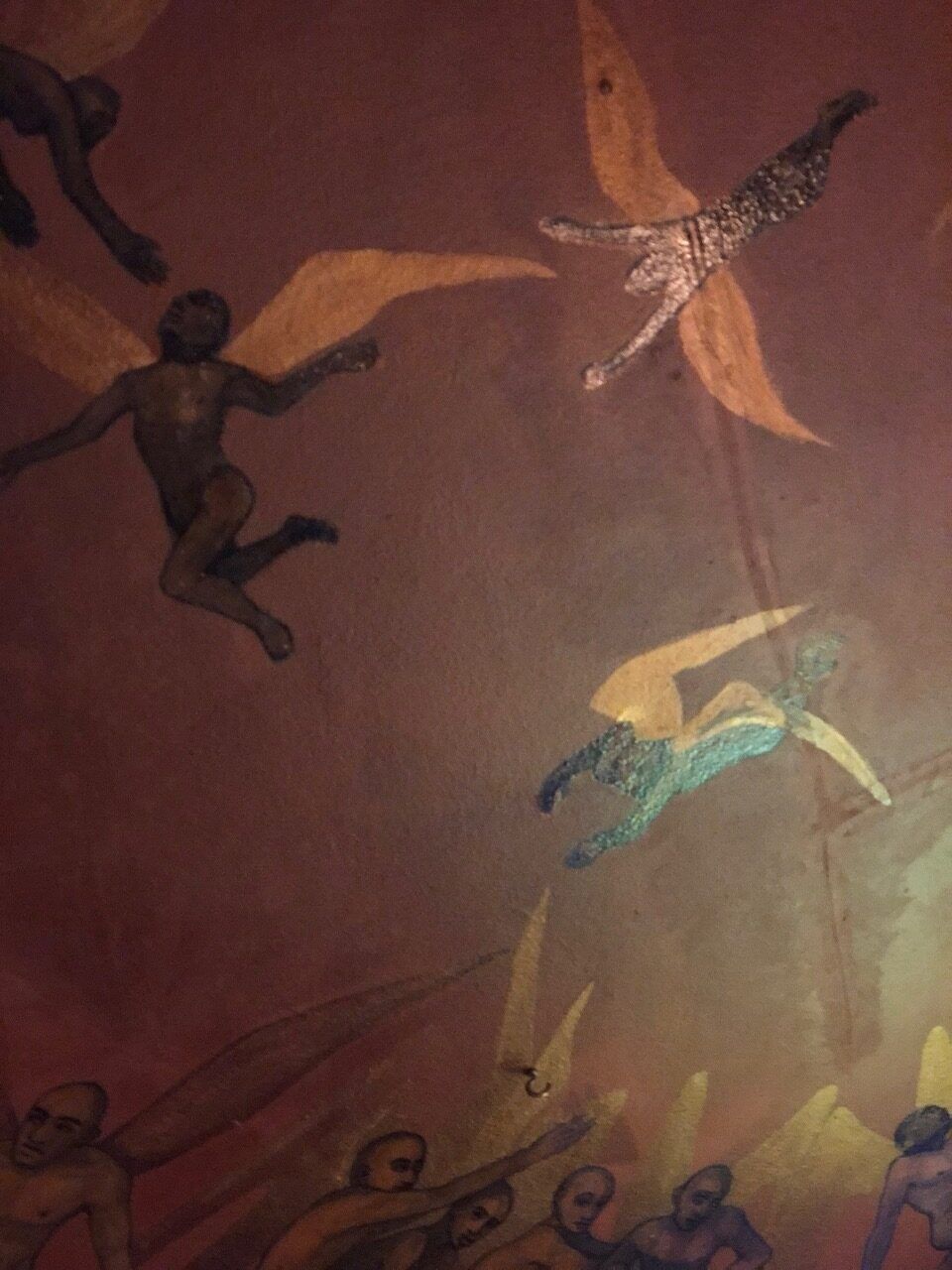


 Mark
Mark 





